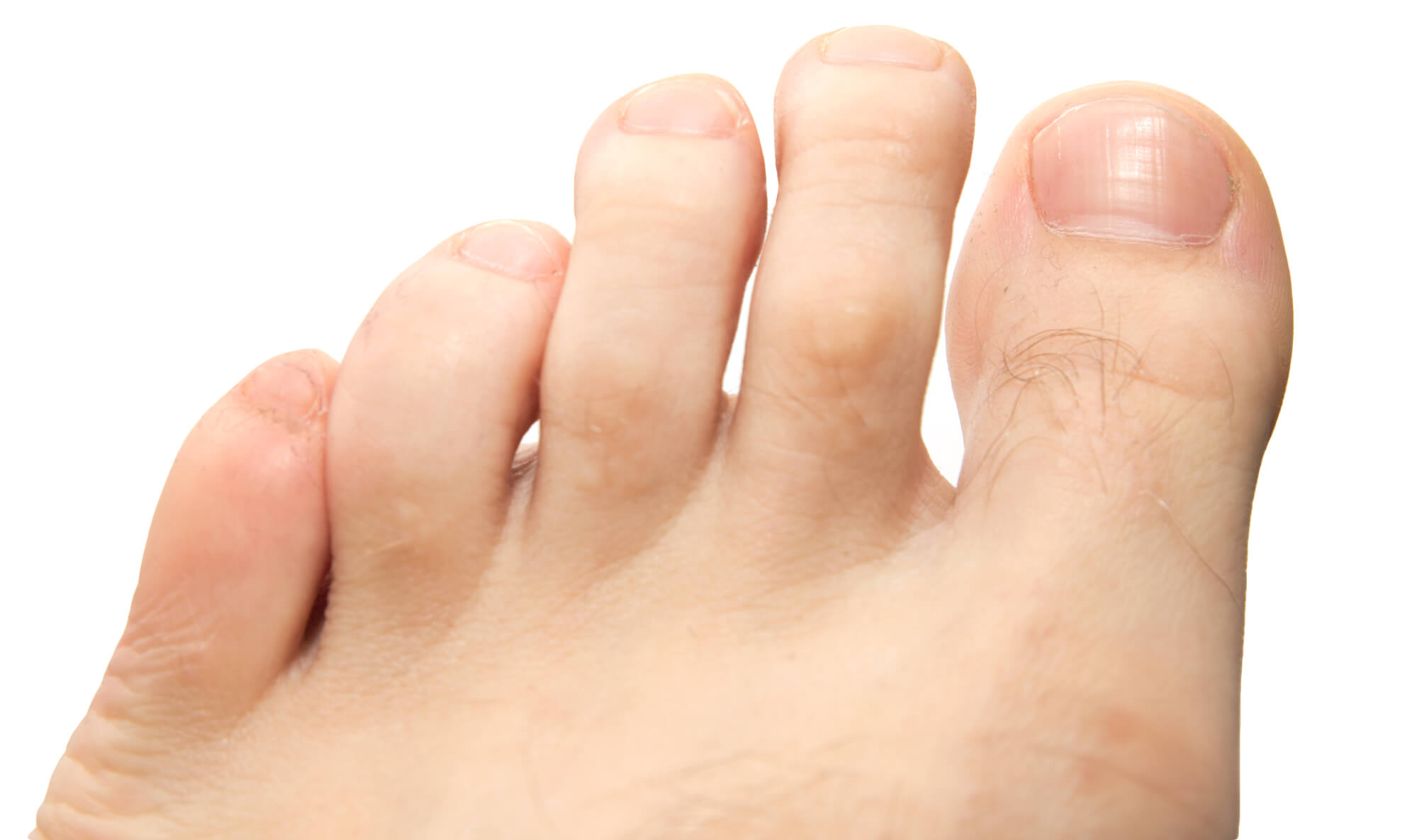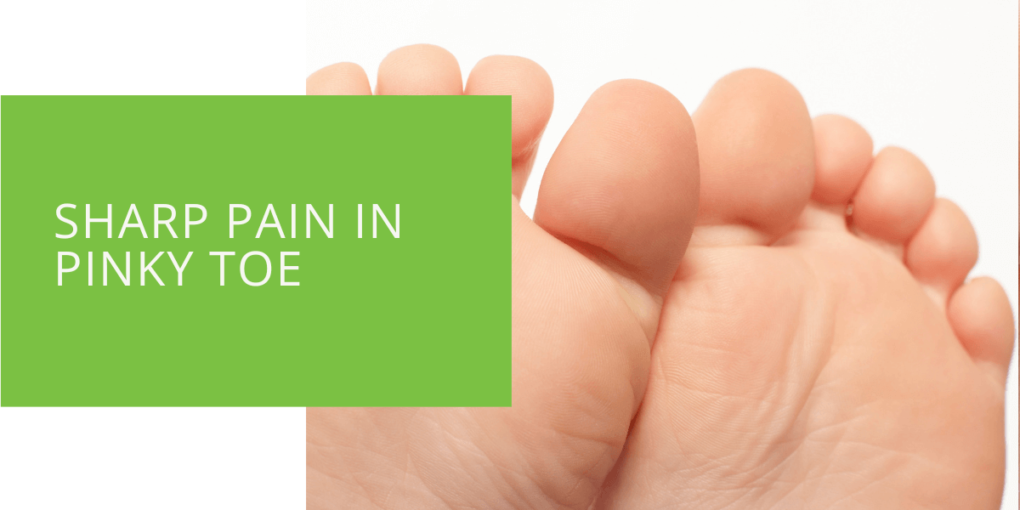Sharp Pain in Pinky Toe: Causes, Symptoms & Treatment
Experiencing sharp pain in the pinky toe can be a distressing and uncomfortable sensation. Understanding the underlying causes and seeking proper treatment is essential for finding relief and improving foot health. This article will explore the potential causes, symptoms, and treatment options for sharp pain in the pinky toe.
Anatomy of the Pinky Toe
The pinky toe, or the little toe, is the smallest toe on the foot. Despite its size, it is crucial in maintaining balance and supporting body weight. The toe consists of small bones, joints, ligaments, and tendons, all of which work together to provide stability and mobility to the foot and ankle.
Common Causes of Sharp Pain in Pinky Toe
Several factors can contribute to sharp pain in the pinky toe. Common causes include:
Trauma or Injury
Injuries such as stubbing, crushing, or fracturing the pinky toe can lead to sharp pain. Sprains or ligament injuries in the ankle may also cause referred pain to the toe.
Corns and Bunions
Corns and calluses that develop on or near the pinky toe can cause discomfort and sharp pain. Bunions, a bony deformity at the base of the big toe, can also affect the alignment of the pinky toe and lead to pain.
Nerve Conditions
Nerve-related conditions, such as Morton's neuroma or nerve impingement, can result in sharp pain in the pinky toe. These conditions often cause tingling, numbness, or shooting pain.
Arthritis and Joint Inflammation
Arthritis or inflammation of the joints in the foot and ankle can affect the pinky toe, leading to pain and discomfort. Conditions like gout or rheumatoid arthritis may specifically target the toe joints.
Other Factors
Other potential causes of sharp pain in the pinky toe include fractures, tailor's bunion (bunionette), or deformities in the toe structure or tendon.

Symptoms and Diagnosis
Sharp pain in the pinky toe may present with additional symptoms such as swelling, redness, or bruising around the affected area. Difficulty bearing weight on the foot or walking properly may also be experienced. Seeking a professional diagnosis from a podiatrist is crucial to identify the underlying cause accurately. During the examination, the podiatrist may review the medical history, perform a physical examination, and possibly order imaging tests to confirm the diagnosis.
Treatment Options
Treatment for sharp pain in the pinky toe will depend on the underlying cause. Here are several treatment options that may be recommended:
Rest and Ice
Resting the foot and applying ice packs to the affected area can help reduce pain and inflammation. Resting the foot allows the injured tissues to heal, while ice therapy can alleviate pain and swelling.
Protective Measures
Wearing appropriate footwear that provides adequate support and cushioning is crucial. Protective padding or taping may be recommended to reduce pressure and friction on the pinky toe.
Medications
Over-the-counter pain relievers or anti-inflammatory medications may be suggested to alleviate pain and reduce inflammation temporarily. However, consulting with a healthcare professional before taking any medication is important.
Addressing Corns and Bunions
Removing the thickened skin or cushioning pads may relieve sharp pain caused by corns or bunions. Sometimes, a podiatrist may recommend custom orthotics or shoe modifications to alleviate pressure on the affected area.
Nerve Treatments
Nerve-related conditions may require specific treatments such as corticosteroid injections, nerve decompression surgery, or other specialized procedures. These interventions aim to relieve pressure on the affected nerve and reduce pain.
Physical Therapy
In cases where muscle imbalances or gait abnormalities contribute to the pain, physical therapy may be beneficial. A physical therapist can design a tailored exercise program to improve muscle strength, flexibility, and overall foot function. They may also utilize manual therapy, stretching exercises, and joint mobilization techniques to alleviate pain and improve range of motion.
Surgical Interventions
Surgical interventions may be considered for severe cases or when conservative measures fail to provide relief. Surgical options can vary depending on the underlying cause of the sharp pain. Procedures may involve correcting deformities, removing corns or calluses, realigning bones or joints, or repairing ligaments and tendons.

Prevention and Self-Care
Preventing sharp pain in the pinky toe involves practising good foot care and taking precautions. Here are some tips to consider:
- Choose footwear that provides proper support, cushioning, and ample room for the toes to move comfortably.
- Trim toenails straight across and avoid cutting them too short to prevent ingrown toenails.
- Keep the feet clean and dry, and consider using a foot powder to prevent excessive moisture.
- Regularly examine the feet for any signs of corns, calluses, or other abnormalities.
- Avoid activities that put excessive strain on the toes, such as high-impact sports or activities with repetitive toe movements.
- If you notice any pain or discomfort in the pinky toe or any part of the foot, address it promptly to prevent worsening symptoms.
When to Seek Medical Attention
It's important to know situations where immediate medical attention should be sought. These include:
- Severe pain that hinders normal daily activities or causes difficulty walking.
- Open wounds, severe bleeding, or signs of infection around the pinky toe.
- Rapid onset of swelling, redness, or warmth around the toe.
- Persistent or worsening symptoms despite home remedies and self-care efforts.
- Any concerns or questions regarding the sharp pain in the pinky toe.
If you experience any of these symptoms, it's crucial to consult with a podiatrist or healthcare professional for a proper evaluation and guidance.
Conclusion
Sharp pain in the pinky toe can significantly impact daily activities and overall foot comfort. Individuals can seek appropriate care and management by understanding the potential causes, symptoms, and treatment options. It's important to remember that each case is unique, and professional evaluation from a podiatrist is crucial for accurate diagnosis and treatment.
Don't delay seeking medical attention if you're experiencing sharp pain in your pinky toe. A podiatrist can provide a comprehensive assessment, identify the underlying cause, and develop a personalized treatment plan to alleviate pain and improve foot health.

